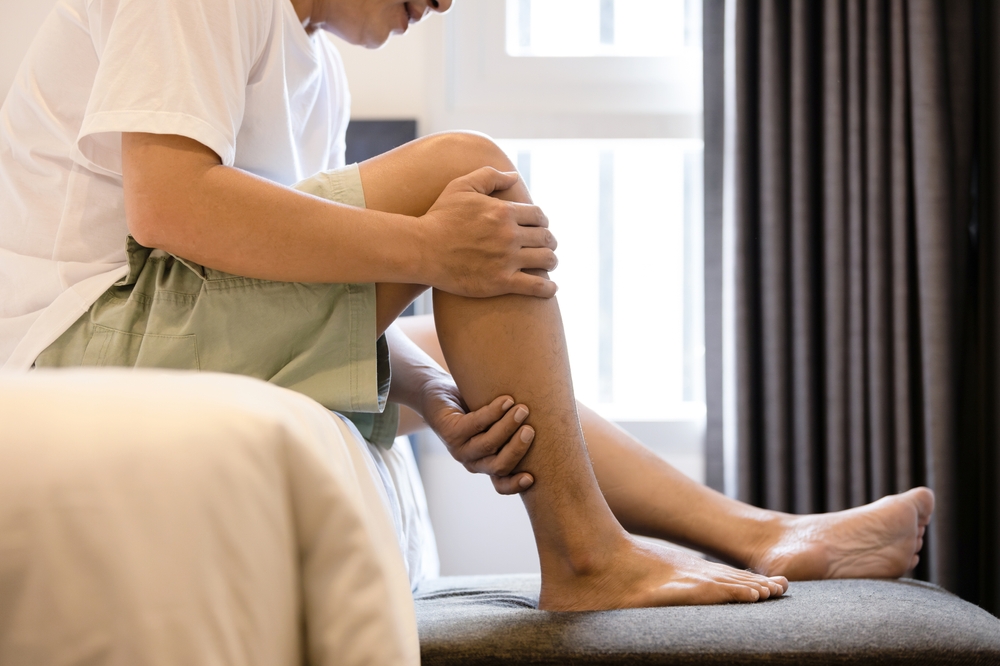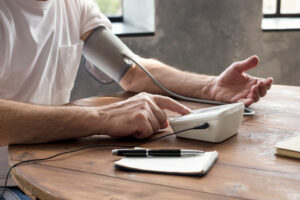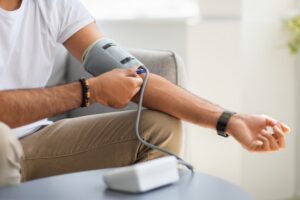Your circulatory system is a vast network of blood vessels that keeps your body running. When this system is healthy, blood flows freely, delivering vital oxygen and nutrients. However, vascular disease can disrupt this flow, leading to serious health issues. Many people are unaware of the early warning signs of vascular disease, often dismissing them as normal signs of aging. Understanding these subtle cues is the first step toward effective vascular disease prevention and seeking timely vascular disease treatment. This knowledge empowers you to protect your health and know when it’s time to consult a professional. Get a consultation with the best vascular disease specialists in Brooklyn.
Understanding Vascular Disease and Its Silent Symptoms
Vascular disease is a broad term for conditions that affect your circulatory system, which includes arteries, veins, and lymph vessels. These conditions can cause your blood vessels to narrow, harden, or weaken. While some symptoms are obvious, many are subtle and develop slowly over time, making them easy to ignore. Recognizing these early indicators is crucial for preventing progression to more severe problems like heart attack, stroke, or amputation.
Pain or Cramping in Your Legs (Claudication)
One of the most common yet overlooked signs is pain in your leg muscles—calves, thighs, or hips—that appears during physical activity like walking and disappears with rest. This condition, known as claudication, is often a symptom of Peripheral Artery Disease (PAD).
- What it feels like: A dull, cramping ache, tiredness, or a heavy feeling in the muscles.
- Why it happens: Narrowed or blocked arteries reduce blood flow to your legs. When you exercise, your muscles demand more oxygen-rich blood than the restricted arteries can supply, causing pain.
- When to be concerned: If you consistently experience this type of leg pain, it’s a clear signal to consult a doctor.
Numbness, Weakness, or Coldness in Limbs
Do you ever notice that one foot feels significantly colder than the other? Or perhaps you experience unexplained numbness or weakness in your arms or legs. These sensations can be warning signs of poor circulation due to blocked arteries. Without adequate blood flow, your nerve and muscle function can be impaired, leading to these symptoms. Don’t dismiss persistent coldness or weakness; it could be your body signaling a problem within your vascular system. A cardiologist can help determine the underlying cause.
More Subtle Warning Signs of Vascular Disease
Beyond leg pain and numbness, other symptoms can point to developing vascular issues. Paying attention to these changes can lead to earlier diagnosis and better outcomes.
Changes in Skin Color or Texture
Your skin can offer visual clues about your circulatory health.
- Color Changes: A pale or bluish tint to the skin on your legs, feet, or toes can indicate a lack of oxygenated blood.
- Shiny Skin: The skin on your legs may appear shiny and tight.
- Hair Loss: You might notice slow hair growth or hair loss on your legs and feet.
These changes occur because the skin isn’t receiving the nutrients it needs to stay healthy.
Slow-Healing Sores or Ulcers
If you have a cut or sore on your foot or leg that just won’t heal, it’s a major red flag. Proper blood flow is essential for the healing process, as it delivers oxygen, nutrients, and immune cells to the site of an injury. When circulation is poor due to vascular disease, even minor injuries can become chronic wounds or ulcers, increasing the risk of infection. This is a serious symptom that requires immediate medical attention.
Vascular Disease Prevention and Treatment Pathways
The good news is that many forms of vascular disease are preventable and treatable, especially when caught early. Lifestyle changes play a significant role in vascular disease prevention.
- Adopt a Heart-Healthy Diet: Focus on fruits, vegetables, whole grains, and lean proteins while limiting saturated fats, trans fats, and sodium.
- Stay Active: Aim for at least 30 minutes of moderate-intensity exercise most days of the week.
- Quit Smoking: Smoking is a primary risk factor for vascular disease. Quitting is the single best thing you can do for your circulatory health.
- Manage Health Conditions: Keep blood pressure, cholesterol, and blood sugar levels under control.
If you are diagnosed with a vascular condition, your doctor will discuss vascular disease treatment options tailored to you. This may involve medication, lifestyle adjustments, or minimally invasive procedures.
When to Seek Professional Help
Ignoring the early warning signs of vascular disease can have life-altering consequences. By listening to your body and taking proactive steps, you can protect your long-term health and maintain your quality of life.
If any of these warning signs sound familiar, don’t wait for them to worsen. Schedule an appointment with your primary care physician to discuss your concerns. They can perform an initial evaluation and, if necessary, refer you to a specialist. For any vascular health problems, call us on + 1-718-367- 2555. The Vascular disease Specialists at Doral Health & Wellness consistently have outstanding patient satisfaction ratings. The professionals at Doral Health & Wellness Vascular Health Department Brooklyn can improve your health and quality of life because of their vast training and experience. New Yorkers can get the greatest medical and surgical vascular care at Doral Health & Wellness Brooklyn. If you need help, register your information and make direct contact with us at https://yuz88hfiyh7.typeform.com/Doralintake. Visit






